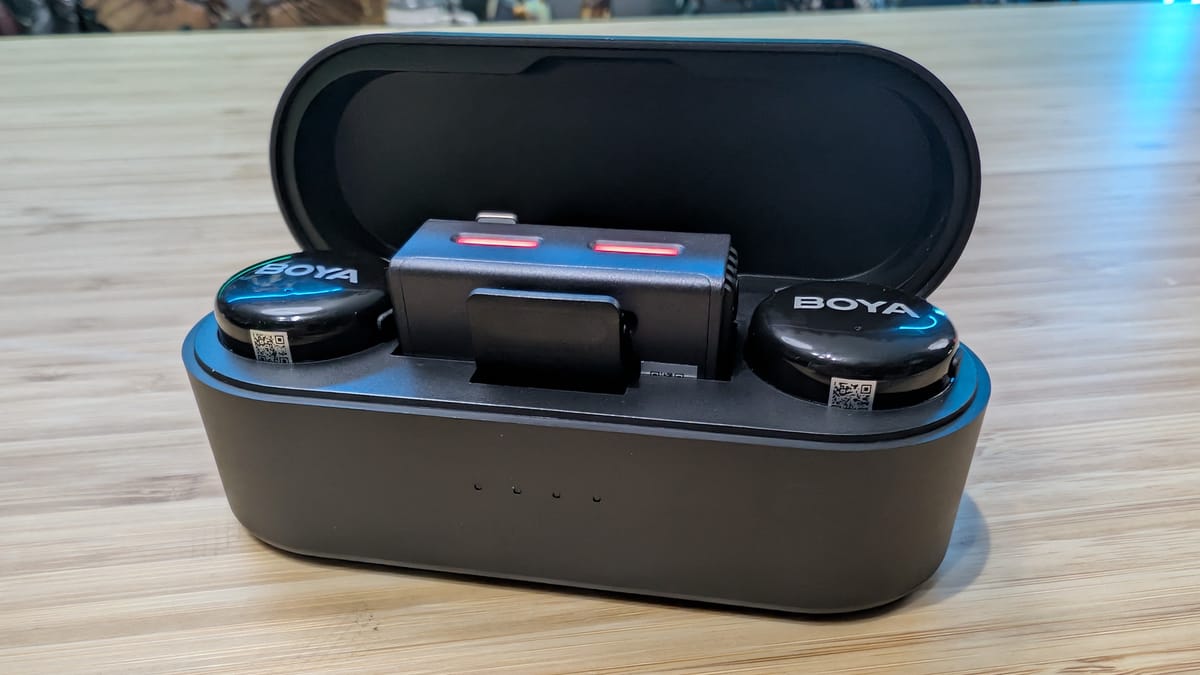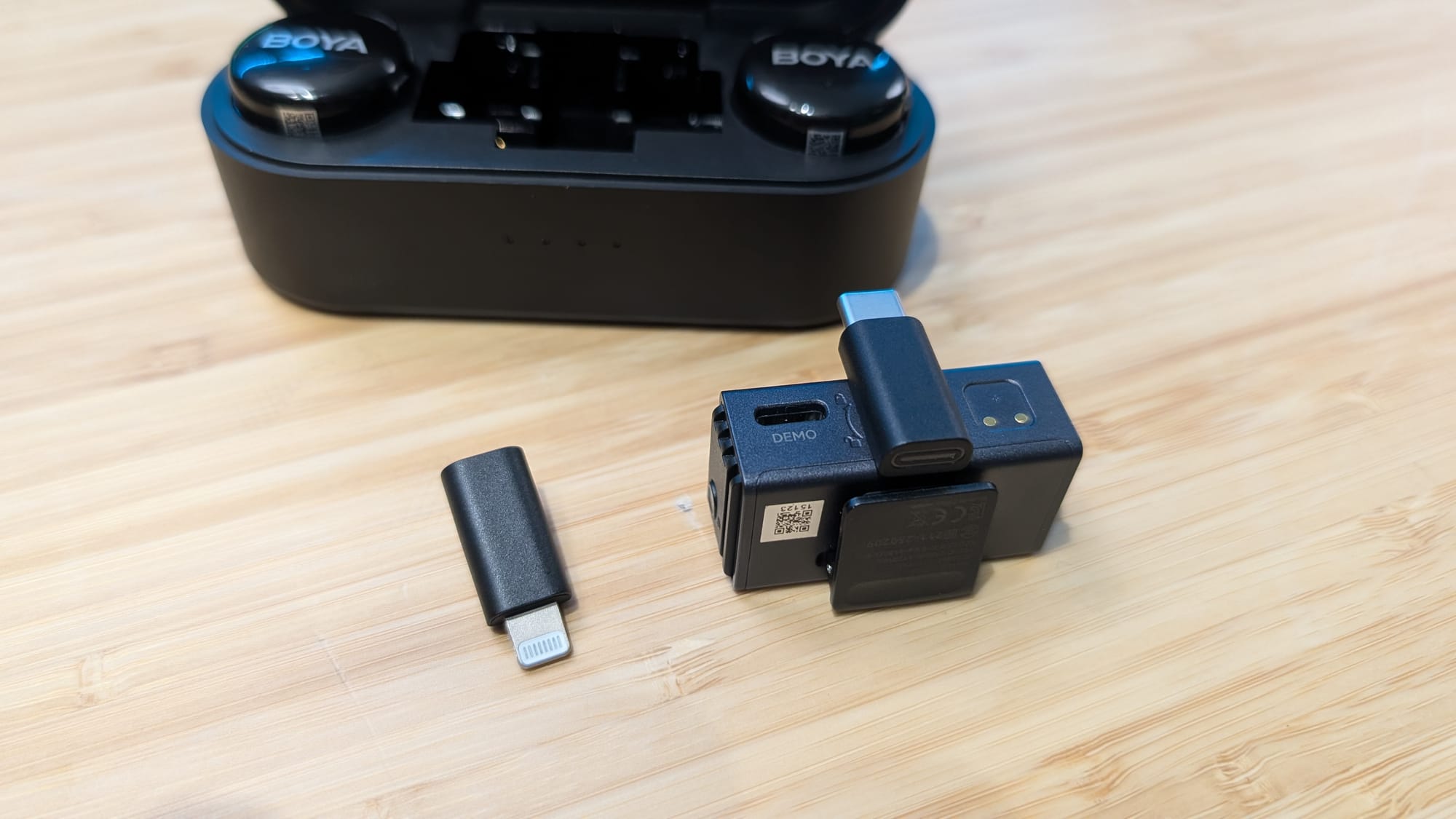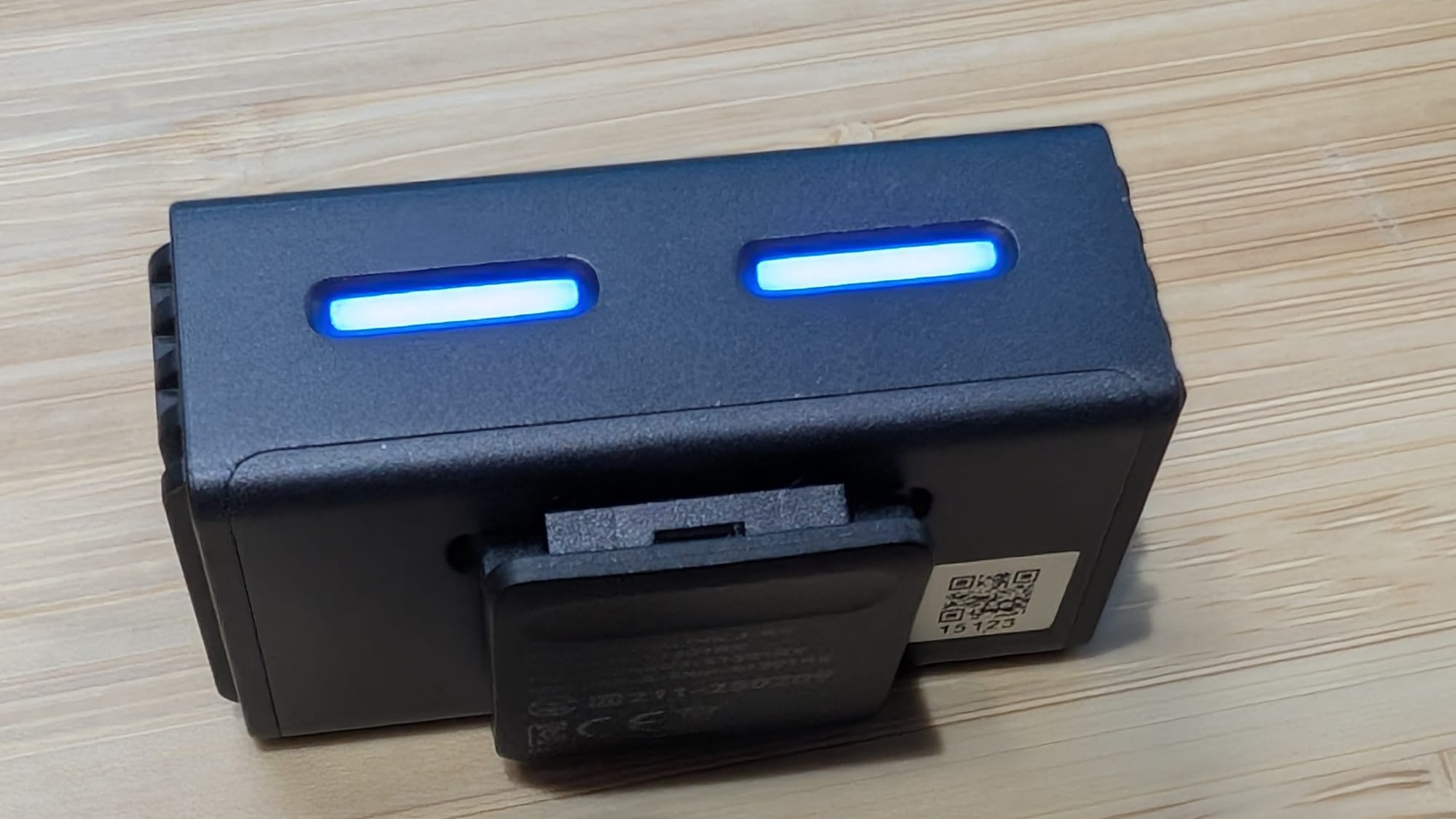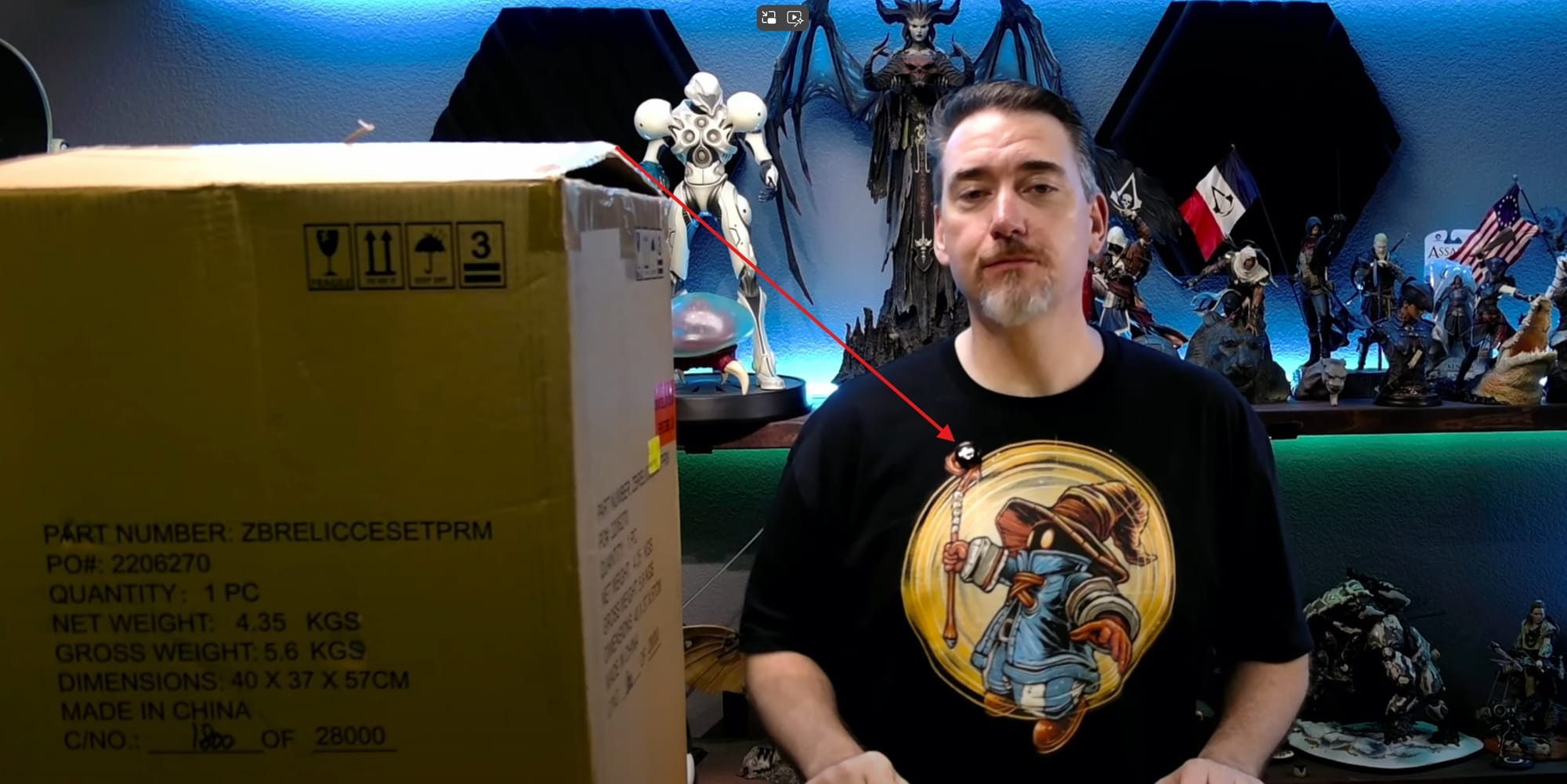
I’m always on the hunt for an improvement to the audio we use here at GamingTrend for our video coverage. You can usually keep a viewer if your video isn’t pristine, but if your audio is muddy they’ll check out faster than you can say “Which wrist watches are Swiss wrist watches?” There has to be a better solution than wiring yourself directly to the microphone, and boom mics are spotty if they are not omnidirectional. Lavaliers come in an extraordinarily wide variety of features and functions, but also unfortunately quality and results. There are only a handful of microphone manufacturers I return to time and again, and one of them is Boya. I recently spent a decent amount of time using their newest wireless microphone system, the Boyalink 3, employing it for family vacation time as well as recording a few items for GamingTrend. While it may look like a smaller version of things they’ve done before, there are more than a few tricks hiding just beneath the surface.

Before we dig into the specs, let’s start with compatibility. Many of the high end manufacturers have moved to a modular system that makes their microphones almost universally compatible, and the Boyalink 3 is no exception. Inside the carrying case (which doubles as a 1500mAh charger – something their competitors seem comfortable charging extra for) is a pair of adapters: one USB Type-C and the other iOS Lightning. That’ll cover just about any modern camera or phone, but if you happen to have an older device, you can also use the included 3.5mm TRS cable to connect the receiver. Rounding out the rest of the contents in the box, you also have a pair of magnetic clips (though you can use the plate underneath the transmitter to use it without the clips), two fur windshields, a USB-C to USB-A data transfer cable, and a soft carrying pouch. Like their previous models, everything you need is in the box. Best of all, it weighs almost nothing – just 9 grams for the part you’ll stick to your subject. This is great news as that’s not nearly enough to weigh down a shirt, leaving your interviewee as wrinkle free as they were when they arrived. As an aside, and it truly is a minor item in the grand scheme of things, there is also a small channel in the bottom of the charge case. This allows you to keep your selected adapter connected to the transmitter and still allows it to charge. This isn’t going to save you any meaningful amount of time, but it will ease the wear and tear of constantly attaching and detaching it. Again, it’s minor but it’s appreciated.


If you’re like me, when you hear “AI” your eyes roll into the back of your head like a slot machine. That said, there are a handful of very useful applications for the technology that isn’t predatory, and audio cleanup is absolutely one of them. Built directly into the device (I’m unsure if it’s an AI coprocessor or handled purely in software) is an automatic AI-powered noise cancellation system that frankly shocked me. The challenge with any shoot is that you don’t know what sort of distractions or noise you’ll encounter. During one interview with the Black Desert team we headed into a back room that would have been dead silent… if not for the kitchen crew using it as a thoroughfare and staging area for food they were about to serve. The microphone I had with me was not up to the task, and the audio was too distorted to use. These very well might have salvaged that interview. The AI model identifies errant or peaked sound sources, allowing it to handle sudden loud sounds (up to a 40 dB reduction), similar to how shooting protection with active noise cancelling can protect your ears despite not knowing when the shot will occur, but still allow you to hear everything else. If it works like I think it does, it captures the ambient sound (which is then dampened as well) and then listens for things outside of voices that appear to be near the microphone. Yes, you still get the critical safety track (-12 dB lower, to ensure you can recover if you peak your audio), but now it’s a cleaner output than ever before. This makes it perfect for the occasional clanking plate, loud talker nearby, or dragging chair leg. It’s the sort of thing you’d need 4-5 steps and some processing power to do in Audacity, only now it’s done for you in real time. Enabling it? Press a button, watch the light turn green on the receiver – you’re done.
Tucked just underneath the surface, there are a number of additional enhancements. The entire captured band provides a whopping 85 dB of signal to play with – more than double what I have on literally any other device I own. I can tell you all about the automatic limiter, the ability to capture 48kHz/24-bit audio, the peaking and distortion capping triple protection, or how the algorithm works, but that’s not going to convince you. That’s what we in the industry would call “slideware” – the advertising on the back of the box. No, what you want is to hear it in action, so why don’t we do precisely that?
As you can see (but not hear), I have not one but two cleaning machines running while I’m trying to record audio. I also have the whir of a large Qidi 4 Pro printer humming away as it prints. ALL of those sounds fade into nothingness, leaving just crisp and clear audio. There’s no better proof of concept than the real world, and here you have it.
Obviously this solves the problem of clean audio regardless of the chaos around you, but there’s another wishlist item that the Boyalink 3 surprisingly checks – more than two speakers. You can record more than two speakers with a handful of devices out there, but it often requires bulky belt-clipped devices with battery packs and antennae on top. Here you can stack up to four receivers, allowing you to capture and synchronize up to eight devices for eight speakers! More than one occasion has had me with a microphone on my chest as the people I was interviewing passed the microphone back and forth. It always sounded fine, but it’s not as professional, and frankly it’s a little distracting. The ability to have multiple speakers all talking and able to keep their hands free to articulate their point keeps the focus on them, and not my gear.
The Boyalink 3’s button-sized microphone is absolutely microscopic compared to the likes of a Rode Wireless GO II, A Saramonic Blink 500 B2, or really anything else on the market. Yes, you do lose the 3.5mm jack to use a lavalier mic, but given how crisp and clear the audio is (48 kHz / 24-bit, and the aforementioned 85 dB of SNR to ensure your vocals are unbelievably clear), the tradeoff doesn’t feel as significant as it has with other devices I’ve used through the years. The fur windshields magnetically attach, so they can click in place without too much of a fuss. Surprisingly, and despite the extraordinarily small size, you’ll get around six hours of battery life. The case’s 1500 mAh battery can charge them rapidly, giving you more than a full day’s power – more than enough for any shoot.
There are a lot of wireless microphone options out there on the market, but it’s the simplicity of the Boyalink 3 that I appreciate the most. I didn’t have to configure the AI – it just works. I didn’t have to configure anything when I plugged it into my phone – it recognized it immediately. Connecting it to my DSLR I was able to use the 3.5mm TSR which is equally as plug-and-play as the rest of this device. I didn’t have to even pair the devices, they’re ready to go the moment they leave the case. Complexity invites disaster, but here it’s fire and forget. You don’t even have to turn them on – they’re ready when you pick them up.

If you do have someone behind the camera, then it’s a good idea for that person to be monitoring the audio levels beyond the visual indicator on the screen. To that end, there’s a 3.5mm headphone jack on the side of the receiver. Plugging in an earbud or a pair of headphones lets you hear everything in real time, ensuring your audio comes through cleanly. Frankly, it exposes the only flaw I see in this entire package – the lack of a visual tally. On other devices with a screen you can see the two devices, their volume, whether they are peaking or coming close to it, and more. Here the lights indicate the gain level, and when you’re recording, the four-position lights will indicate volume levels, but it’s not as granular as you’d get out of a screen. For that, and a 3.5mm audio jack for a lavalier microphone, I’d have to turn to their flagship device – the Boyamic 2. Is the naming convention backwards from the Boyalink 3 to the Boyamic 2? Yes, but we’ll get to that when we check out that device in a separate review.

Like any of our hardware reviews, the last stop is always the same – price and warranty. Boya warranties the Boyalink 3 for two years, which matches or even doubles most other devices. Not for nothing, I’ve owned several Boya devices and never had to use the warranty, despite heavy use, which suggests you might not need the warranty anyway. What’s better, however, is the price. The cost of the other devices I mentioned are around $220, plus you still have to buy a charge case. The Boyalink 3 is $120, including the case. Given that you can more than double the transmitters and receivers, it’s nice that the price supports that prospect.
Boyalink 3 AI Noise Cancellation Wireless Microphone
Excellent
The Boyalink 3 is an impressive device. It’s one of only a few devices capable of handling eight interview subjects wirelessly, and almost unique in the portable space. With useful AI support, and pushbutton simplicity, it’s also remarkably simple to use. I wish it had a screen, but at this price, and at this impossibly small size, it’s an easy trade off.
Pros
- Capable of synching up to 8 transmitters
- Excellent price point
- Charge case included
- Impossibly small size
- Audio quality is rock solid
Cons
- More obvious visual tally for solo users would be good
This review is based on a retail version provided by the manufacturer.
